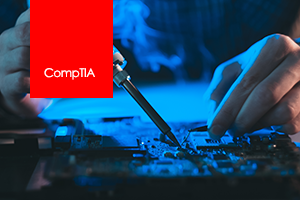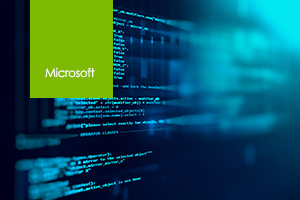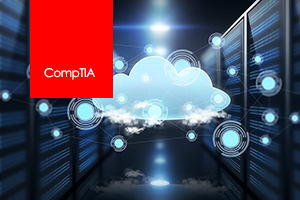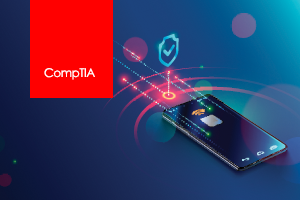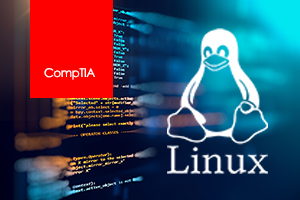
16 Hours 35 Minutes |
|
100 Course Videos |
|
60 Test Questions |
LPIC-1 is a junior level certification for Linux administrators. Students should be able to perform maintenance tasks with the command line, install and configure a workstation, and be able to configure a basic network.
- Introduction
- Introduction To Building Labs
- Things You Need To Do
- Install Demo Virtual Box
- Navigation
- Commands With LabDemo
- Internal And External Commands
- Overview Of Shell Commands Tricks
- Exploring Shell Configuration
- Stream Redirection
- Overview Of Processing Text Using Filters
- Overview File-Viewing Commands
- Overview Using Grep
- Sed Syntax And Summary
- Overview Of Exam Essentials
- Managing Software
- Overview Using RPM
- RPM-Part 2
- Overview Using Cpio
- Overview Using Debian And Apt Cache
- Using Apt-get
- Debian Tools
- Managing Shared Libraries
- Overview Locating Library Files
- Foreground and Background Processes
- Managing Software Summary
- Configuring Hardware
- Configuring Devices
- Configuring USB
- Configuring Hard Disk
- Designing Hard Disk Layout
- Logical Volume Management
- Creating Partitions Filesystems
- Overview Using Fdisk
- Overview Common File System Types
- Creating Filesystem
- Overview Maintaining File System Health
- Configuring Hardware Summary
- Managing Files
- File Archiving Commands
- Managing Files Ownership
- Managing Disk Quotas
- Directories And Content
- Overview Tools For Locating Files
- Overview Of Exam Essentials
- Booting Linux And Editing Files
- Boot And Reboot
- Understanding The Boot Process
- Run Levels Process
- Managing Run Level Services
- Editing With Vi
- Booting Summary
- X Windows Systems
- X Configuration Options
- X Configuration Options-Part 2
- Untitled Media
- Configuring X Featuring Fonts
- Overview Managing GUI Logins
- Using X For Remote Access
- X Accessibility
- Addition Assistive Technologies
- Configuring Localization And Internationalization
- Querying And Setting Your Locale
- Configuring Printing-Part 1
- Configuring Printing-Part 2
- Using Web-Based CUPS Utilities
- Administering
- Directly Modifying Account Configuration
- Components Of Account
- Adding Groups
- Tuning User And System Environments
- Reviewing Log File Contents
- Maintaining System Time
- Admin Summary
- Basic Networking
- Network Addressing-Part 1
- Network Addressing-Part 2
- DNS Data Flow Zone And Resolution
- Network Ports
- Connections
- Testing Connectivity
- Wireshark Demo
- Basic Networking Summary
- Scripts E-mail And Databases
- Writing Scripts-Part 1
- Writing Scripts-Part 2
- Managing E-mail
- Managing Data With SQL
- Advantages Of Database
- Scripts Summary
- Security
- Controlling Access Via TCP Wrappers
- Configuring Xinetd
- Uninstalling Or Reconfiguring Servers
- Tools For Managing Passwords
- Configuring SSH
- SSH Keys
- Controlling SSH Access
- Using GPG
- Security Summary
Description
LPIC-1 is a junior level certification for Linux administrators. Students should be able to perform maintenance tasks with the command line, install and configure a workstation, and be able to configure a basic network.
- Introduction
- Introduction To Building Labs
- Things You Need To Do
- Install Demo Virtual Box
- Navigation
- Commands With LabDemo
- Internal And External Commands
- Overview Of Shell Commands Tricks
- Exploring Shell Configuration
- Stream Redirection
- Overview Of Processing Text Using Filters
- Overview File-Viewing Commands
- Overview Using Grep
- Sed Syntax And Summary
- Overview Of Exam Essentials
- Managing Software
- Overview Using RPM
- RPM-Part 2
- Overview Using Cpio
- Overview Using Debian And Apt Cache
- Using Apt-get
- Debian Tools
- Managing Shared Libraries
- Overview Locating Library Files
- Foreground and Background Processes
- Managing Software Summary
- Configuring Hardware
- Configuring Devices
- Configuring USB
- Configuring Hard Disk
- Designing Hard Disk Layout
- Logical Volume Management
- Creating Partitions Filesystems
- Overview Using Fdisk
- Overview Common File System Types
- Creating Filesystem
- Overview Maintaining File System Health
- Configuring Hardware Summary
- Managing Files
- File Archiving Commands
- Managing Files Ownership
- Managing Disk Quotas
- Directories And Content
- Overview Tools For Locating Files
- Overview Of Exam Essentials
- Booting Linux And Editing Files
- Boot And Reboot
- Understanding The Boot Process
- Run Levels Process
- Managing Run Level Services
- Editing With Vi
- Booting Summary
- X Windows Systems
- X Configuration Options
- X Configuration Options-Part 2
- Untitled Media
- Configuring X Featuring Fonts
- Overview Managing GUI Logins
- Using X For Remote Access
- X Accessibility
- Addition Assistive Technologies
- Configuring Localization And Internationalization
- Querying And Setting Your Locale
- Configuring Printing-Part 1
- Configuring Printing-Part 2
- Using Web-Based CUPS Utilities
- Administering
- Directly Modifying Account Configuration
- Components Of Account
- Adding Groups
- Tuning User And System Environments
- Reviewing Log File Contents
- Maintaining System Time
- Admin Summary
- Basic Networking
- Network Addressing-Part 1
- Network Addressing-Part 2
- DNS Data Flow Zone And Resolution
- Network Ports
- Connections
- Testing Connectivity
- Wireshark Demo
- Basic Networking Summary
- Scripts E-mail And Databases
- Writing Scripts-Part 1
- Writing Scripts-Part 2
- Managing E-mail
- Managing Data With SQL
- Advantages Of Database
- Scripts Summary
- Security
- Controlling Access Via TCP Wrappers
- Configuring Xinetd
- Uninstalling Or Reconfiguring Servers
- Tools For Managing Passwords
- Configuring SSH
- SSH Keys
- Controlling SSH Access
- Using GPG
- Security Summary
Additional information
16 Hours 35 Minutes |
|
100 Course Videos |
|
60 Test Questions |
You may also like…
-
Read more
CompTIA A+ (220-901 and 220-902)
20 Hours 22 Minutes
81 Course Videos
286 Test Questions
For anyone wanting to enter the IT world, the CompTIA A+ certification is a great start! The A+ by CompTIA is recognized as... -
Read more
CompTIA Network+ N10-007
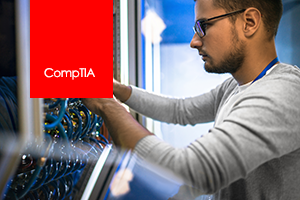
TBD
32 Course Videos
255 Test Questions
This course prepares the student to take the CompTIA Network+ N10-007 certification exam It covers all exam objectives, as...
-
Read more
CompTIA Security+ SY0-501
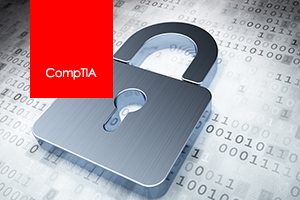
20 Hours 49 Minutes
81 Course Videos
250 Test Questions
The CompTIA Security+ course is designed to teach students security basics and prepare them for testing to become Security+...

